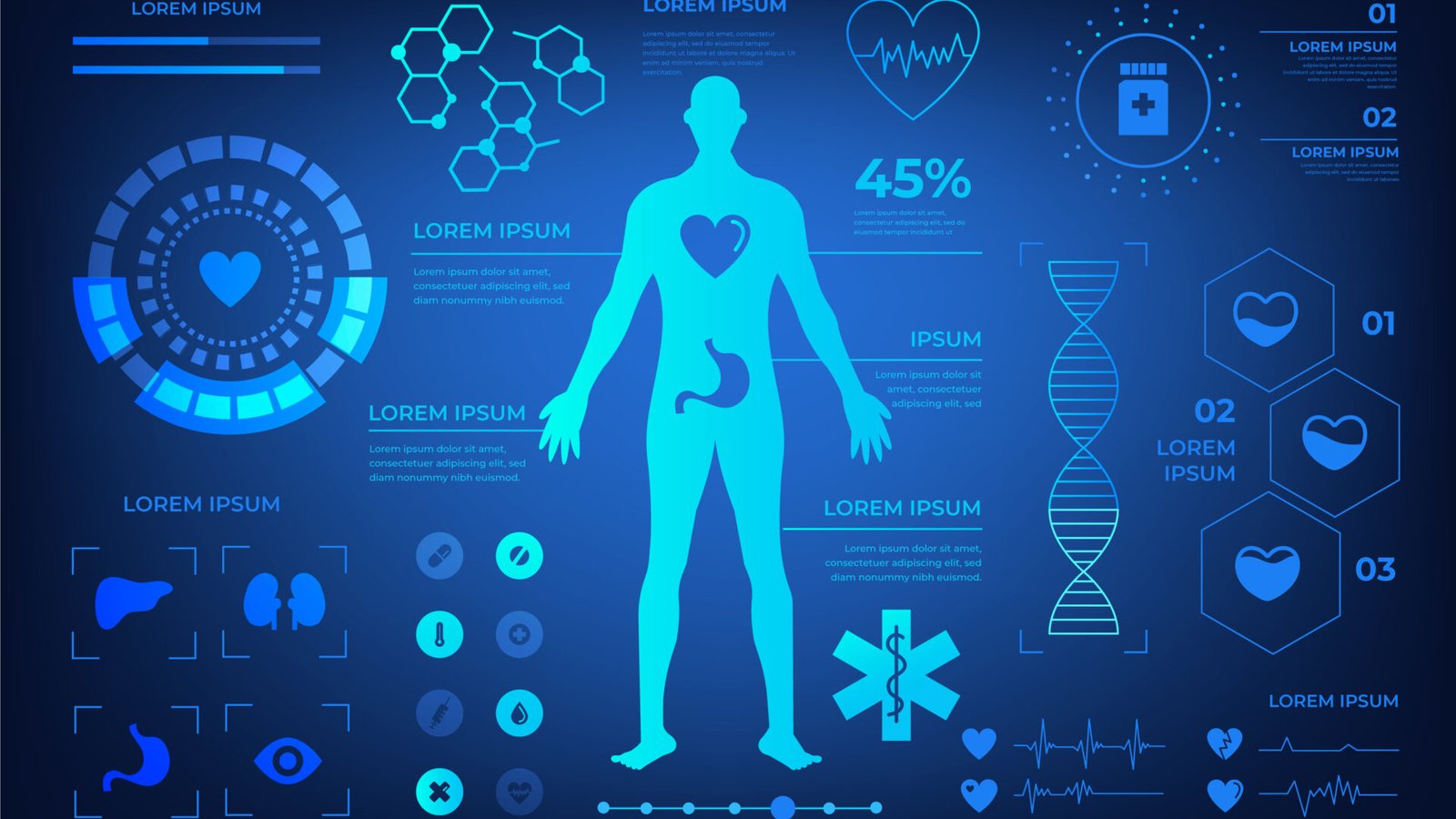⚡ Quick Summary
This study compared cadence-based and machine learning (ML) methods for classifying physical activity intensity and their associations with mortality rates. The findings suggest that the ML method provides the most significant risk reduction for all-cause and cardiovascular disease mortality.
🔍 Key Details
- 📊 Dataset: 68,561 UK Biobank participants
- 🧩 Methods used: Cadence-based methods (1LC, 2LC) and machine learning
- ⚙️ Technology: Two-stage machine learning for activity classification
- 🏆 Key metrics: Minimum MVPA duration for optimal risk reduction
🔑 Key Takeaways
- 📊 The 2LC method showed the smallest minimum MVPA duration associated with 50% optimal risk reduction.
- 💡 Machine learning provided the most pronounced associations with mortality outcomes.
- 👩🔬 The study found that ML achieved a minimum VPA duration of 3.2 min/day with a hazard ratio of 0.53.
- 🏆 The 2LC method exhibited significant associations at the lower end of the duration spectrum.
- 🌍 Standardized durations indicated ML had the most pronounced associations with CVD mortality.
- 🆔 The study highlights the importance of accurate physical activity classification in health research.
- 🤖 The findings suggest that ML methods may be more suitable for estimating health benefits in observational studies.

📚 Background
Understanding the relationship between physical activity and health outcomes is crucial for public health. Traditional methods of classifying physical activity intensity, such as cadence-based approaches, have been widely used. However, with advancements in technology, machine learning offers a promising alternative that may enhance the accuracy of these classifications and their associations with mortality.
🗒️ Study
This study utilized data from the UK Biobank, involving 68,561 participants who wore wrist-worn accelerometers. The researchers compared the effectiveness of cadence-based methods (one-level and two-level) against a two-stage machine learning approach in classifying physical activity intensity and its association with all-cause and cardiovascular disease mortality.
📈 Results
The results revealed that the two-level cadence method (2LC) had the smallest minimum duration of moderate-to-vigorous physical activity (MVPA) associated with optimal risk reduction, at just 2.8 minutes per day. In contrast, the machine learning method demonstrated the greatest mortality risk reduction, with a minimum vigorous physical activity (VPA) duration of 3.2 minutes per day and a hazard ratio of 0.53.
🌍 Impact and Implications
The implications of this study are significant for health-related research and public health initiatives. By demonstrating that machine learning methods can provide more accurate classifications of physical activity intensity, researchers can better estimate the health benefits associated with different levels of physical activity. This could lead to more effective public health strategies aimed at reducing mortality rates associated with physical inactivity.
🔮 Conclusion
This study highlights the potential of machine learning in enhancing our understanding of physical activity’s impact on health outcomes. The findings suggest that ML methods may be more effective in estimating the health benefits of physical activity, paving the way for future research and interventions aimed at improving public health. As we continue to explore these technologies, the future of health research looks promising!
💬 Your comments
What are your thoughts on the use of machine learning in classifying physical activity? Do you believe it could change the way we approach health research? 💬 Share your insights in the comments below or connect with us on social media:
Comparing Cadence vs. Machine Learning Based Physical Activity Intensity Classifications: Variations in the Associations of Physical Activity With Mortality.
Abstract
Step cadence-based and machine-learning (ML) methods have been used to classify physical activity (PA) intensity in health-related research. This study examined the association of intensity-specific PA duration with all-cause (ACM) and CVD mortality using the cadence-based and ML methods in 68 561 UK Biobank participants wearing wrist-worn accelerometers. The two-stage-ML method categorized activity type and then intensity. The one-level-cadence-method (1LC) derived intensity-specific duration using all detected steps (including standing utilitarian steps) and cadence thresholds of ≥100 steps/min (moderate intensity) and ≥130 steps/min (vigorous intensity). The two-level-cadence-method (2LC) detected ambulatory steps (i.e., walking and running) and then applied the same cadence thresholds. The 2LC exhibited the most pronounced association at the lower end of duration spectrum. For example, the 2LC showed the smallest minimum moderate-to-vigorous-PA (MVPA) duration (amount associated with 50% of optimal risk reduction) with similar corresponding ACM hazard ratio (HR) to other methods (2LC: 2.8 min/day [95% CI: 2.6, 2.8], HR: 0.83 [95% CI: 0.78, 0.88]; 1LC, 11.1[10.8, 11.4], 0.80 [0.76, 0.85]; ML, 14.9 [14.6, 15.2], 0.82 [0.76, 0.87]). The ML elicited the greatest mortality risk reduction. For example, the medians and corresponding HR in VPA-ACM association: 2LC, 2.0 min/day [95% CI: 2.0, 2.0], HR, 0.69 [95% CI: 0.61, 0.79]; 1LC, 6.9 [6.9, 7.0], 0.68 [0.60, 0.77]; ML, 3.2 [3.2, 3.2], 0.53 [0.44, 0.64]. After standardizing durations, the ML exhibited the most pronounced associations. For example, the standardized minimum durations in MPA-CVD mortality association were: 2LC, -0.77; 1LC, -0.85; ML, -0.94; with corresponding HR of 0.82 [0.72, 0.92], 0.79 [0.69, 0.90], and 0.77 [0.69, 0.85], respectively. The 2LC exhibited the most pronounced association with all-cause and CVD mortality at the lower end of the duration spectrum. The ML method provided the most pronounced association with all-cause and CVD mortality, thus might be appropriate for estimating health benefits of moderate and vigorous intensity PA in observational studies.
Author: [‘Wei L’, ‘Ahmadi MN’, ‘Biswas RK’, ‘Trost SG’, ‘Stamatakis E’]
Journal: Scand J Med Sci Sports
Citation: Wei L, et al. Comparing Cadence vs. Machine Learning Based Physical Activity Intensity Classifications: Variations in the Associations of Physical Activity With Mortality. Comparing Cadence vs. Machine Learning Based Physical Activity Intensity Classifications: Variations in the Associations of Physical Activity With Mortality. 2024; 34:e14719. doi: 10.1111/sms.14719

